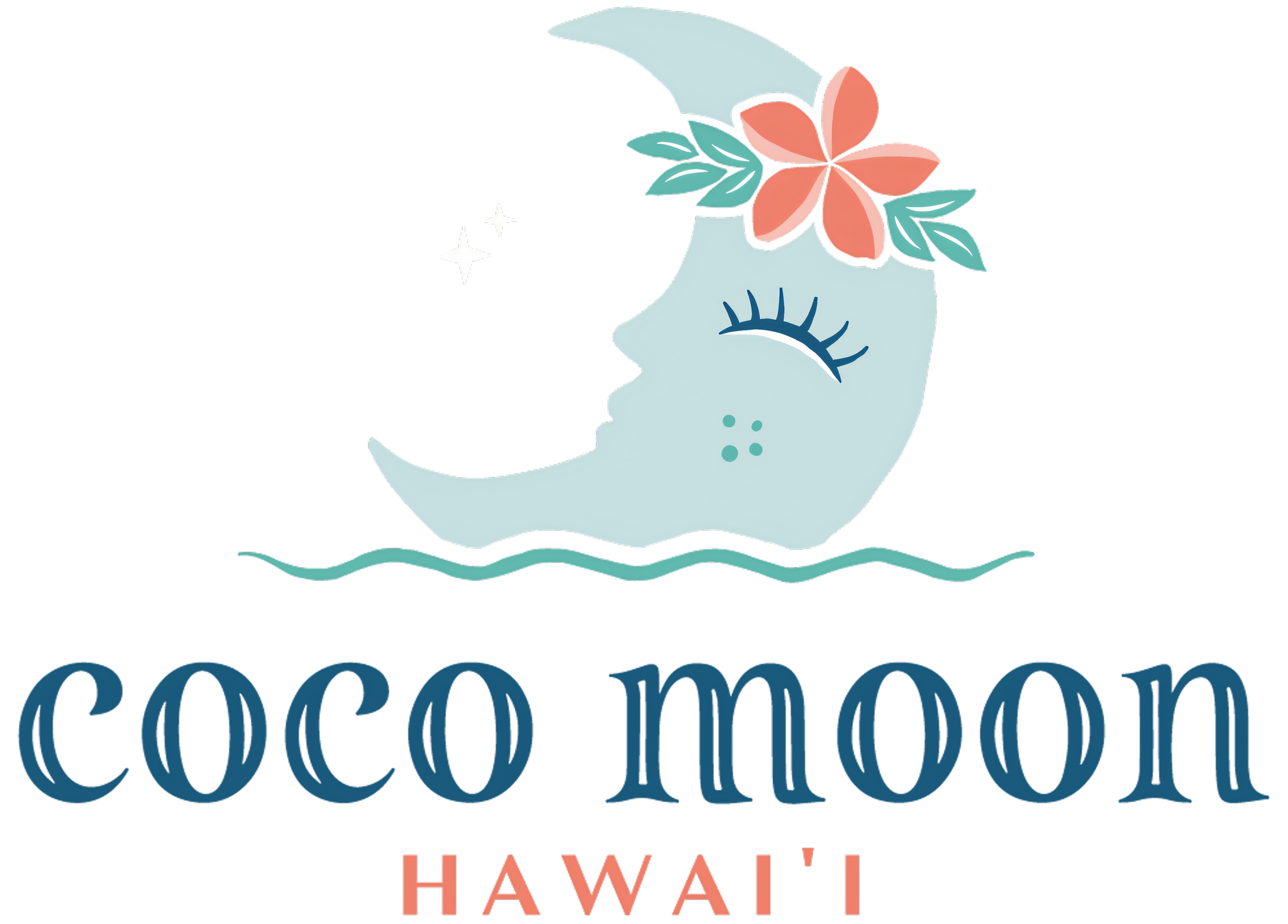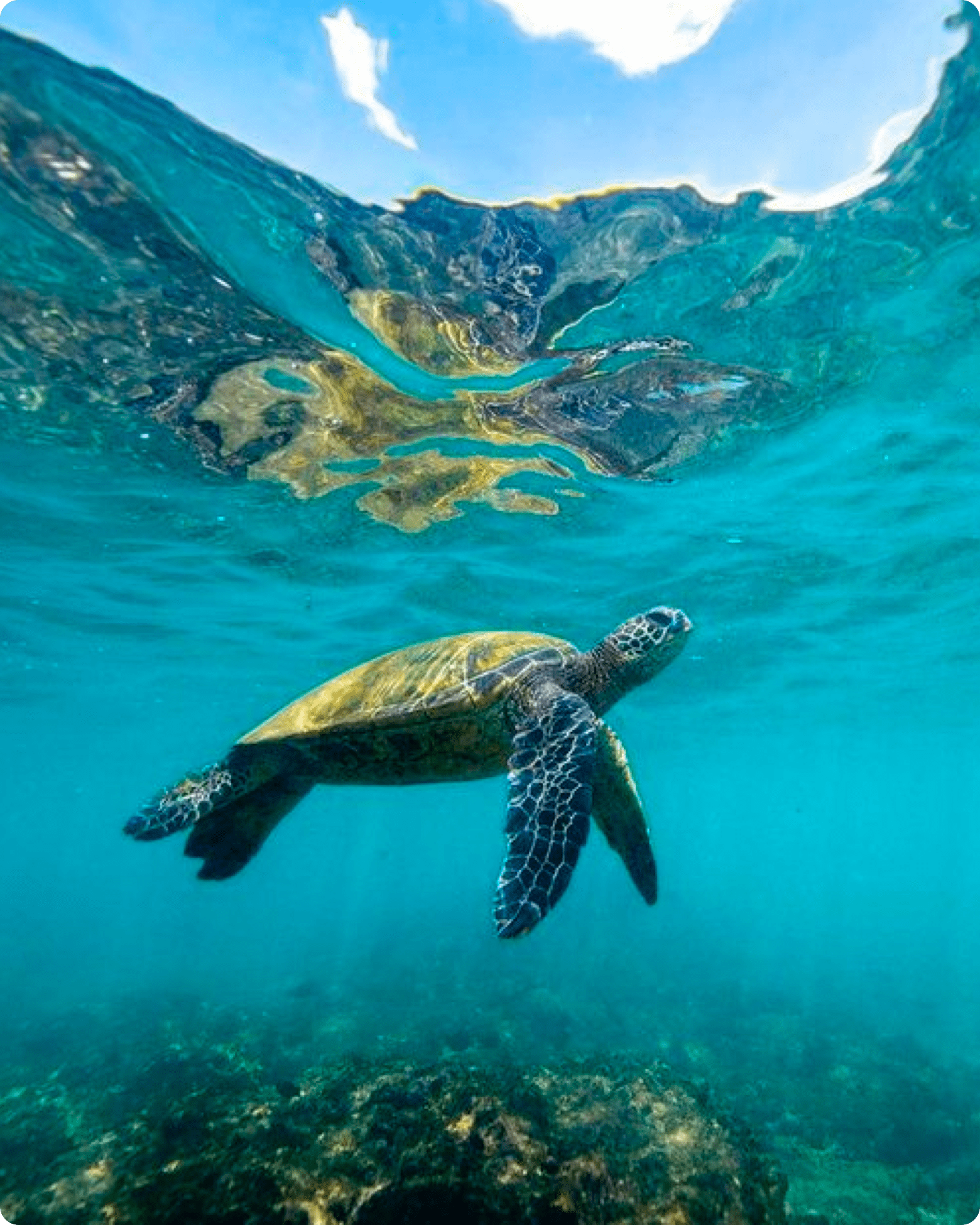One of the milestones of your baby's first year is the introduction of solids. Both of my boys loved getting to eat solids, but I definitely felt a little unsure about how to continue breastfeeding while introducing something new to the kids...especially when it seemed they loved eating solids way more than breastfeeding!
In this post, Breastfeeding Hawaii helps to walk us through some of the common questions and concerns that a lot of moms face as they enter this new phase.
Hope it's helpful to you!
When can I start to introduce solids to my baby? How do I know they are ready?
The American Academy of Pediatrics recommends children be introduced to foods other than breast milk when they are about 6 months old. But every child is different. How do you know if your child is ready for foods other than breast milk? You can look for these signs that your child is developmentally ready:
- Your child can sit with little or no support.
- Your child has good head control.
- Your child opens his or her mouth and leans forward when food is offered.
- Your child keeps the food in their mouth and swallows without pushing it back out on their chin.
It’s recommended to breastfeed before offering foods. So for example, you could start the day with your usual morning breastfeeding session, then try to offer solids about 30-60 minutes after. If you wish to offer liquids, it's best to offer up to an ounce of water in a sippy or straw cup at mealtimes. Don’t be surprised if your baby wants to breastfeed again soon after!
How much food should I give my baby?
When you first start to offer foods baby only needs 1-2 tablespoons of each food and will gradually increase to 3-4 tablespoons as they get older. By getting your baby used to lots of different foods, you’ll help them build a healthy diet for life. Don’t be discouraged if your baby doesn’t like a new food on the first try. You may need to introduce it at least 10 times or more over a period of a few months before the baby gets the hang of it!
Some great tips to keep in mind when feeding baby is that as a parent, you get to decide what food to serve and where and when to serve them. Your child’s job is to decide how much, if any, to eat. Check out the Ellyn Satter website for more information on how to make mealtimes joyful and healthy.
How often should my baby be breastfeeding now that we are supplementing with solid food?
The best guideline is to always watch your baby’s feeding cues. By this age your baby is well able to let you know when they want to nurse and when they are done!
When you first start solids with your baby, your breastfeeding patten will probably not change much because the foods are more about trying new flavors and textures, not about calories. As the amount of food your baby eats increases, you may notice that breastfeeding sessions get shorter and further apart. This is totally normal as baby is also very efficient at getting your milk out and has a bigger stomach to go longer between meals. It’s important to keep in mind that breastmilk is still the most important source of nutrient at least until the first birthday.
Now that we've introduced solid foods, my baby is no longer interested in breastfeeding. What should I do?
The first question to ask: Is your infant not interested in breastfeeding, or are they distracted and want to be out in the world, or is your milk supply lowering? For babies aged 6 months to 1 year, breastmilk should still be their primary source of nutrition, as they are generally not getting enough nutrients for all of their needs through the foods they eat.
Most babies naturally wean closer to 2+ years of age, though they may become more distracted during feeds when they start crawling and walking.
If your milk supply appears to be low, try pumping, hand expressing, and/or feeding more frequently to increase your supply so they are more interested in breastfeeding.
Try to nurse at the breast whenever possible rather than bottle or cup feeding them milk as they may start to prefer taking their milk “to go” so they can keep moving. If they are more interested in what is happening in the world, you can try to engage them during feeds such as providing them a toy to play with, sing with them or read to them while nursing. Offer them breast milk first before offering them solid foods while they are under 1 year of age. By 1 year of age 75% of a baby’s diet should still be breastmilk. If you stop breastfeeding prior to 1 year, you would supplement with formula what you would normally provide with breastmilk, and after 1 year you could choose to offer whole cow’s milk (no more than 2-3 cups per day).
I’m worried about food allergies, what foods should I avoid?
Recent guidelines show that there is no benefit to delaying the introduction of allergenic foods. Check out the information at the Healthy Children website.
A rash, diarrhea, or throwing up are potential signs of a food allergy. Introducing foods one at a time in the beginning and waiting a few days before offering a new food, can help you know what food to avoid until the baby is a little older.
I’m worried about my child choking, what foods should I avoid?
Any food that is hard or sticky could be a potential choking hazard. Keep in mind that gagging or coughing can be normal as baby gets used to chewing different foods. Stay with baby while they eat so that you can help immediately if needed. Taking an Infant CPR class can help you feel more confident!
Provided by Breastfeeding Hawaiʻi









